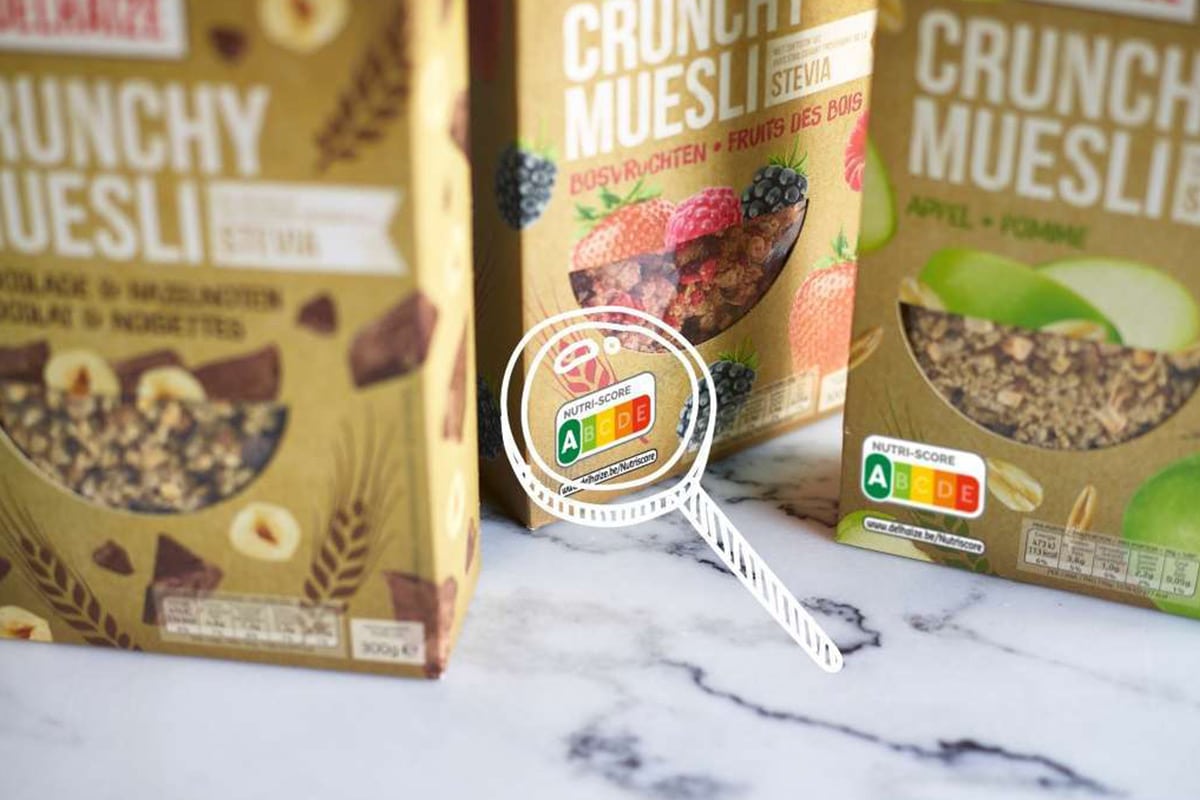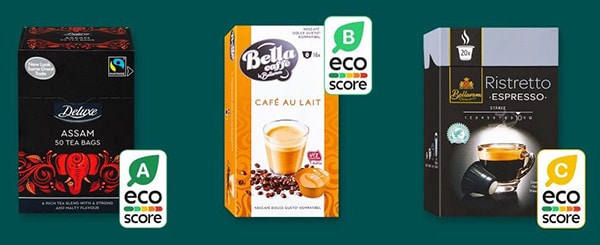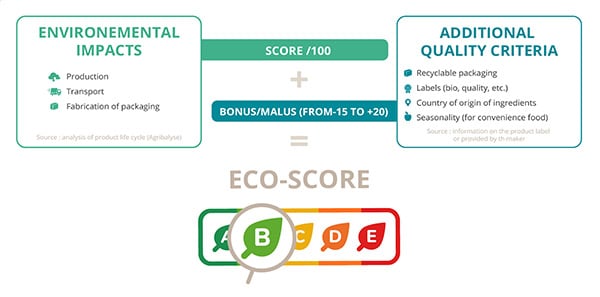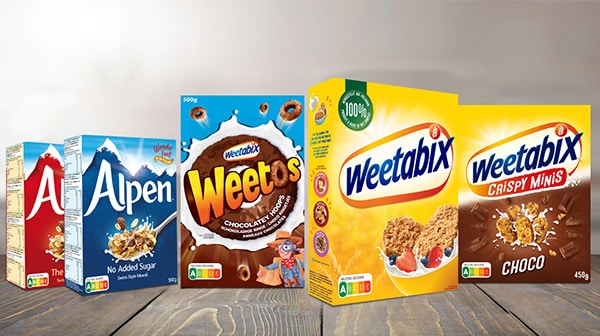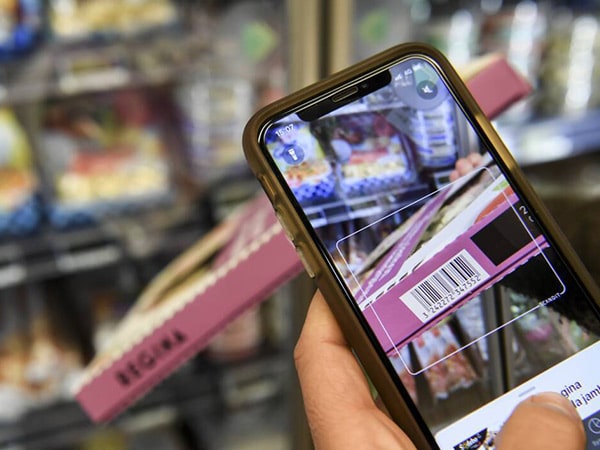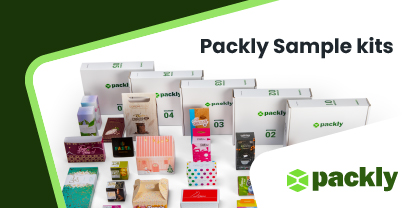Eco-score and Nutri-score. France was a pioneer in introducing these labeling systems. The first measures the impact on the environment, the second the nutritional value of food products.
Today we’d like to talk about labeling, namely the Eco-score and Nutri-score measurements. We had already published a post on environmental labeling, we have an update on it though.
Indeed, on 30 December 2021, Law Decree no. 228, the so-called DL “Milleproroghe” came about. In art. 11 the provision puts off the enforcement of environmental labeling until 30 June 2022. In addition, operators will be able to market products without the new environmental labeling while stocks last. The underlying condition is that that items have already entered the market or were labeled before 1 July 2022.
The Eco-score and Nutri-Score labels
Eco-score is a vetting from A to E, which makes it easy to compare the impact of food products on the environment. As a matter of fact, the assigned grading goes from 0 to 100.
Basically the best products, with a score from 80 to 100, get an A combined with a green leaf. Those with a score from 60 to 80 associate with a B of a less intense green. Similarly, those ranging from 40 to 60 earn a yellow C. The orange leaf instead shows a D (20-40), followed by the red E for scores from 0 to 20. The Eco-score, as we know it, is a privately held project.
The Nutri-score, on the other hand, was designed by a team of experts based on public scientific research. The Nutri-Score depends on the amount of healthy and unhealthy nutrients each food has. A positive impact links to the content of fruit, vegetables, fiber and proteins. A negative score, instead, has to do with the content of saturated fat, sugar or sodium in high quantities.
The principles of good labeling
We can certainly define a food label as the identity card of the product we buy. The former answers our questions, our doubts and our nutritional issues. In short, by reading the food label we go from being a passive purchaser to an active and aware consumer.
If you sell food or drinks in the EU, you need to provide essential information to enable consumers to make informed decisions on the food they choose.
What kind of information is mandatory on the label?
– the name of the food
– the list of ingredients (including any additives)
– the quantity of some ingredients
– the information on allergens
– the expiry date (best before / to be consumed by)
– the country of origin for the sake of clarity (e.g. products displaying flags or famous monuments on the packaging)
– the name and address of the EU-based food business operator or importer
– the net quantity
– the particular storage requirements
– the instructions for use if necessary
– the alcohol contents of the drinks (if higher than 1.2%)
– the nutritional declaration
The information must be:
– precise
– easily visible and understandable
– unequivocal
– indelible
Conclusions
In short: given the evolving legislation and consumer expectations, the packaging of food products needs to be updated often. No problem! With Packly you can create a prototype in no time and also request limited or large runs, with no minimum order. Brilliant, isn’t it?
